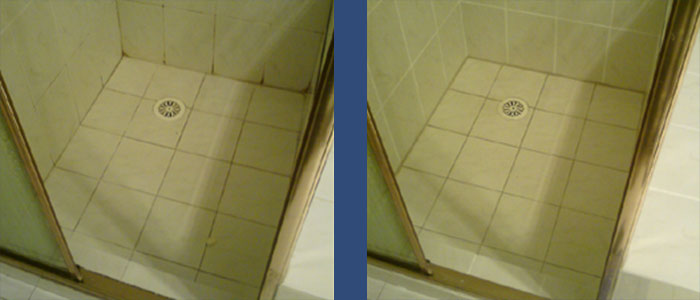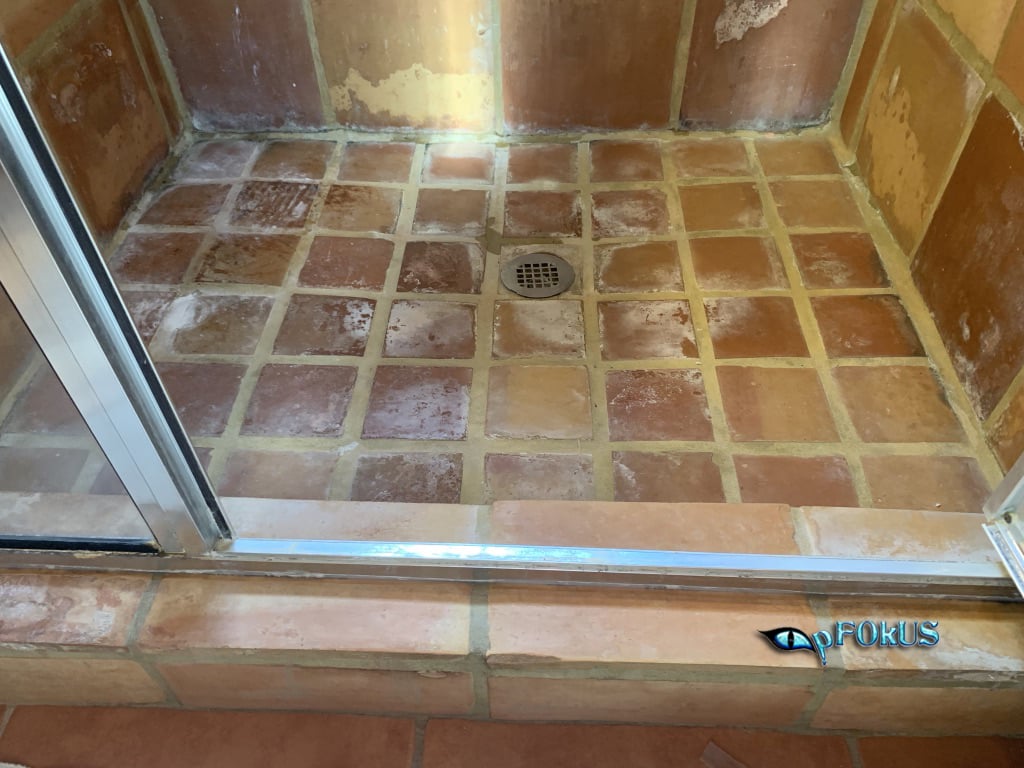How to Stop Bathroom Water Damage
How to Stop Bathroom Water Damage
Blog Article
Are you trying to locate resources concerning Common Causes of Water Damage in a Bathroom?

The shower room is extremely susceptible for damp buildup and prospective water damages due to the regular use water in it. This write-up provides basic examination techniques to help spotting water damages threats.
The frequent use of water in the shower room makes it very at risk for moist build-up as well as possible water damages. By inspecting it frequently, you can decrease water associated damages.
The complying with set of assessments is simple to do as well as must be done when in every 3 months in order to keep your restroom in good shape as well as to prevent potential water damages caused by the bathtub, the shower, pipe joints and also plumbing, sinks, closets, and also the commode
Do not disregard doing these assessments as well as be extensive while doing them. Keep in mind that these simple inspections can conserve you a great deal of cash by supplying very early indicators for water damage
Sinks and Cabinets
Sinks and also closets are subjected to moisture and also moisture everyday and are often forgotten. Evaluate on a regular basis under the sink and on the countertop over it. Repair any drip in the catch as it might suggest drainpipe issues. Look around the sink, slow-moving draining pipes might suggest an obstructed drainpipe. Replace sink seals if they are split or loose.
Bath tub as well as Shower
The shower and also tub require unique attention and also maintenance. Examine the ceramic tiles and also replace if fractured. Make certain that there is no missing cement in between the ceramic tiles. Inspect as well as replace split caulking at joints where the walls satisfy the floor or the tub. Obstructed drains and also pipes troubles will stop the bathtub from drying out and may show major troubles beneath the tub. Consult with an expert quickly to avoid architectural damage. Focus on stainings or soft locations around the bathtub wall surfaces as they might indicate an interior leakage.
Plumbing
Signs for water damage are difficult to identify because a lot of pipelines are installed inside the wall surfaces.
Pay unique attention to flooring and also walls wetness as well as discolorations as they may suggest an unseen plumbing problem. Inspect wetness degrees in adjoining rooms also.
The Commode
The toilet is a susceptible water joint. Check the water lines and search for leaks around the bathroom seat, in the tube, and also under the water tank. If you spot any type of indicators of dampness on the floor around the toilet, check for leakages in the toilet rim as well as tank seals.
Understand that hanging bathroom dish antiperspirants raises the chances for clogs.
Water Damage Signs In The Bathroom To Avoid Cleanup
Musty smell
This is one of the easiest signs to catch because musty smells are so odorous. The damp, earthy, moldy smell should be a big red flag. The smell will develop when moisture gets trapped in surfaces, and begins to facilitate mold growth. Leaking pipes under cabinets, inside walls, and behind shower fixtures will cause moisture to stay trapped and not dry, which will lead to mold growth and spread. As soon as you notice any musty smells in your bathroom, have it checked for hidden water damage and cleanup signs.
Visible mold
If the smell isn’t there to give it away, sometimes you will actually see mold growth. Finding mold in your bathroom is a serious problem, because mold is very harmful to your health. By the time mold growth is visible, it also means that water damage has already occurred and been present for some time. The only way the mold problem can be resolved is to find the source of the moisture and get it stopped. To safely and adequately remove mold, you need to have professionals handle the remediation. Do not waste any time in getting mold problems addressed, fixed, and sanitized so that you can protect you and your family from the many respiratory symptoms caused by mold exposure.
Damaged floors
Bathroom floors should be able to withstand some exposure to water while still remaining in good condition. However, when excess exposure or water leaks occur, they will begin to damage even the most water-resistant flooring. If you notice any cracking, bubbling, staining, or warping on your bathroom floors, there is probably a water leak somewhere causing the distortion. If you notice areas of the floor have become softer, or even have a spongy feeling, there is probably damage to the subfloor. Subflooring is typically made up of plywood. When plywood is exposed to water or moisture, it will absorb it. Once it has become saturated, the weight of the excess water will cause the wood to swell and soften. Check the floors in your bathroom frequently to catch any of these sings before they lead to damaged subflooring.
Changes on walls
When water leaks behind walls, it will cause changes in the drywall. Peeling plaster, blistering paint, and soggy wallpaper are all good indicators that excess water is building up behind the wall. Water leaking behind drywall will cause it to swell and be soft to the tough. If you start to notice gaps along the trim of your walls, or where tile meets the wall, it could also be a strong indicator that there is a leak behind the wall. Any changes, distortion, or damage on the walls should be evaluated as soon as you notice it to prevent further water damage and cleanup.

I am just very enthusiastic about How to Repair and Prevent Bathroom Water Damage and I'm hoping you enjoyed reading the new post. Enjoyed reading our write up? Please share it. Let somebody else discover it. I love reading our article about Looking for Signs of Water Damage in the Bathroom.
Order Repair Report this page